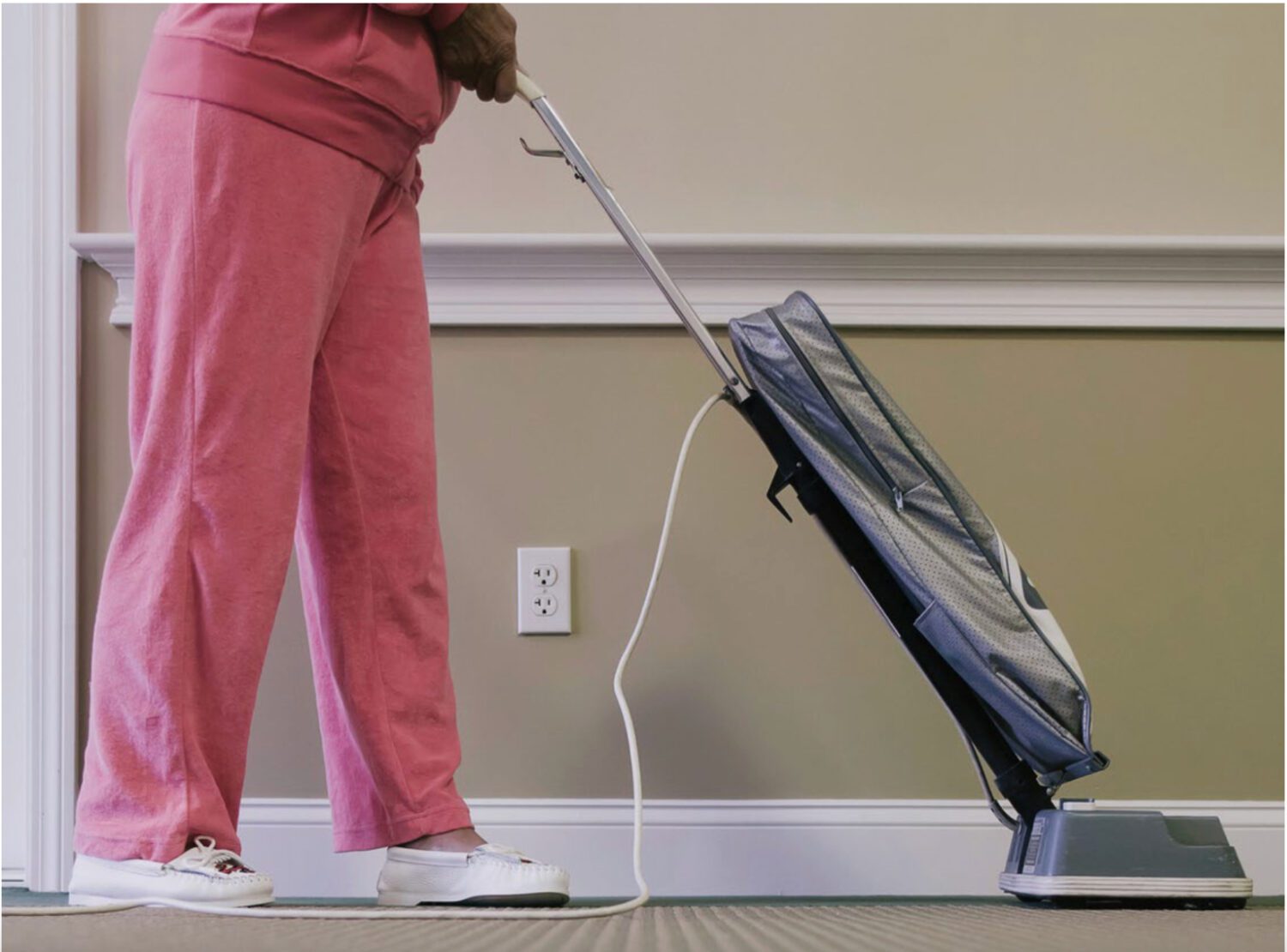
In The D.C. Area, Undocumented Migrants Are Easy Prey For Labor Traffickers
 Labor exploitation among domestic and cleaning workers is most common among Latinas in the metropolitan area.
Labor exploitation among domestic and cleaning workers is most common among Latinas in the metropolitan area.
This story was produced by El Tiempo Latino. La puedes leer en español aquí.
In 2021, there were just over 300 proven cases of human trafficking reported in D.C., Maryland, and Virginia. But experts consulted by El Tiempo Latino say that’s a drastic undercount.
Among Hispanic communities, labor and sex traffickers tend to be family members, neighbors, or friends of their victims. This makes quantifying and preventing the problem particularly challenging.
“It’s a drama playing out in the shadows. You don’t know who is experiencing this situation until they seek help,” says Heidi Álvarez, director of the SAFE Center for Human Trafficking Survivors at the University of Maryland. The center provides services for survivors of human trafficking and advocates for resources and legislative intervention in the state of Maryland.
“For those affected, it is difficult to know where the employment or romantic relationship boundary ends and that of exploitation begins,” Álvarez says.
